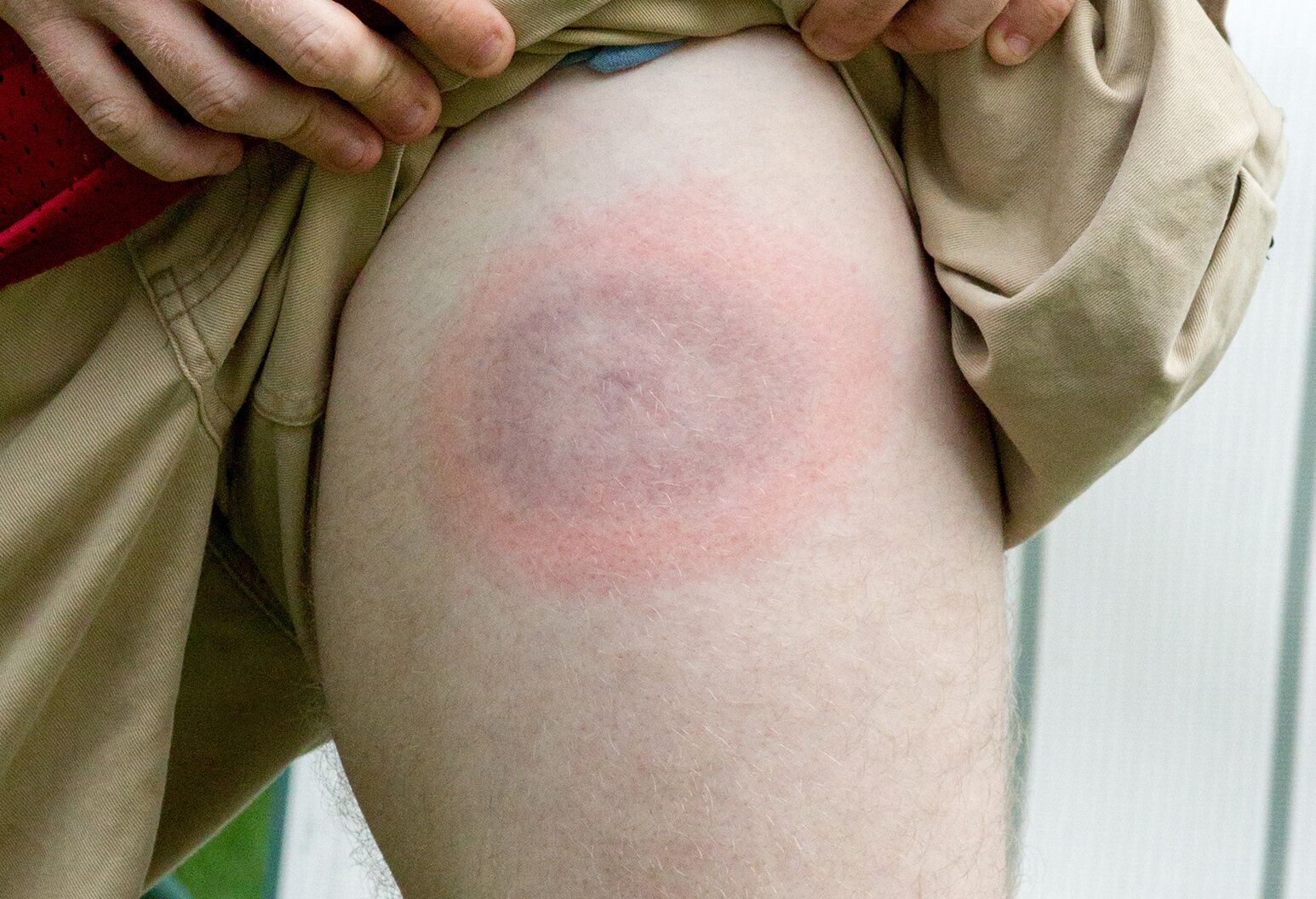Recognizing Lyme Disease-- Essential Recognition for Avoidance
Lyme disease stays a significant public health and wellness worry, primarily transmitted with the attacks of contaminated ticks, particularly in areas with dense greenery. The early identification of Lyme illness is essential, yet many people continue to be not aware of its symptoms or the atmospheres that pose the highest possible danger.
What Is Lyme Illness?
If left unattended, Lyme condition can proceed to a lot more severe phases, potentially affecting the joints, heart, and nerves. Clients may experience joint inflammation, neurological problems, or cardiac problems. The illness can be testing to detect, as its signs and symptoms can resemble those of other diseases. Diagnostic approaches generally entail a mix of clinical examination and research laboratory screening, consisting of serological assays to identify antibodies against Borrelia burgdorferi.
Timely acknowledgment and treatment are critical in managing Lyme illness and avoiding complications, with early antibiotic intervention typically causing desirable end results.
How Lyme Disease Spreads
Lyme condition mainly spreads via the bite of infected black-legged ticks, additionally known as deer ticks, which bring the germs Borrelia burgdorferi. These ticks are frequently located in wooded or verdant areas, commonly staying on bushes or reduced plants. They call for a blood dish from a host, such as animals or people, to duplicate and flourish.
Transmission generally happens when ticks connect to the skin and continue to be for an extended duration, normally 24 to two days. The risk of infection enhances with the period of add-on, as the bacterium is sent from the tick's saliva into the host's bloodstream. Ticks can be energetic during warmer months, specifically in spring and summertime, making outside activities a prospective risk for exposure.
While black-legged ticks are the key vectors, various other species, such as the Western black-legged tick, can also send Lyme disease. It is vital to be vigilant in areas where ticks are common. Preventative procedures include using protective clothing, using tick repellents, and carrying out extensive tick checks after exterior tasks to decrease the chance of bites and subsequent transmission of Lyme condition.
Signs And Symptoms and Diagnosis
Recognizing the symptoms of Lyme condition is critical for timely diagnosis and treatment, as early treatment can significantly impact healing. The most identifiable early symptom is the erythema migrans rash, which appears as a circular, red lesion with a central clearing up, usually looking like a "bull's- eye." This breakout usually creates within 3 to 1 month after a tick bite and might be come with by flu-like signs such as high temperature, cools, exhaustion, muscle mass pains, and migraines.

Medical diagnosis of Lyme condition mostly depends on scientific evaluation, taking right into account the person's signs and symptoms and prospective exposure to ticks in endemic locations. Research laboratory examinations, consisting of enzyme-linked immunosorbent assays (ELISA) complied with by Western blot tests, can support the medical diagnosis however are not clear-cut in early-stage Lyme condition. Motivate recognition and diagnosis are necessary for initiating appropriate antibiotic therapy, which is most look at more info efficient when carried out early in the disease course.
Avoidance Strategies
Preventing Lyme condition needs a proactive approach, particularly for people who invest time in locations where ticks are prevalent. In addition, tucking trousers right into socks and making use of tick-repellent products having DEET or permethrin can dramatically decrease the threat of tick add-on.
Consistently checking oneself, youngsters, and pet dogs for ticks after outside tasks is essential. Ticks ought to be without delay eliminated utilizing fine-tipped tweezers, realizing them as near to the skin's surface as possible. It is recommended click here to find out more to bath within two hours of returning indoors, as this can assist remove ticks prior to they attach.

Therapy Choices
Efficient monitoring of Lyme disease pivots on ideal and timely treatment choices, which mostly entail antibiotic treatment. Early localized Lyme condition is typically treated with oral prescription antibiotics such as doxycycline, amoxicillin, or cefuroxime axetil for a period of 10 to 21 days.
In situations of very early disseminated Lyme disease, where neurological or cardiac signs may emerge, a much longer program of intravenous anti-biotics or oral antibiotics might be necessitated. For people experiencing persistent symptoms after initial therapy, referred to as Post-Treatment Lyme Illness Disorder (PTLDS), a more intricate monitoring method may be needed. This can entail a multidisciplinary technique, resolving not just the physical signs yet additionally psychological facets, as tiredness and cognitive difficulties are common.
It is important for clients to take Home Page part in open interaction with their doctor to tailor therapy strategies to their certain requirements, guaranteeing the most effective possible outcomes in the monitoring of Lyme disease.
Final Thought
Lyme disease presents significant health threats mostly due to its transmission using infected black-legged ticks. Continued understanding and education about Lyme illness are vital in minimizing its effect, consequently advertising healthier areas and guarding public wellness versus this prevalent tick-borne disease.
Lyme disease mostly spreads with the bite of contaminated black-legged ticks, also recognized as deer ticks, which carry the bacterium Borrelia burgdorferi. Lymecare Alliance.While black-legged ticks are the primary vectors, various other varieties, such as the Western black-legged tick, can also transmit Lyme disease. Preventative steps consist of using protective clothes, making use of tick repellents, and conducting complete tick checks after outdoor tasks to reduce the possibility of bites and subsequent transmission of Lyme condition
Diagnosis of Lyme condition primarily depends on clinical assessment, taking into account the client's signs and prospective exposure to ticks in native areas.Lyme condition poses significant health risks mostly due to its transmission by means of contaminated black-legged ticks.
Comments on “Checking Out the Resources Provided by Lymecare Alliance for People”